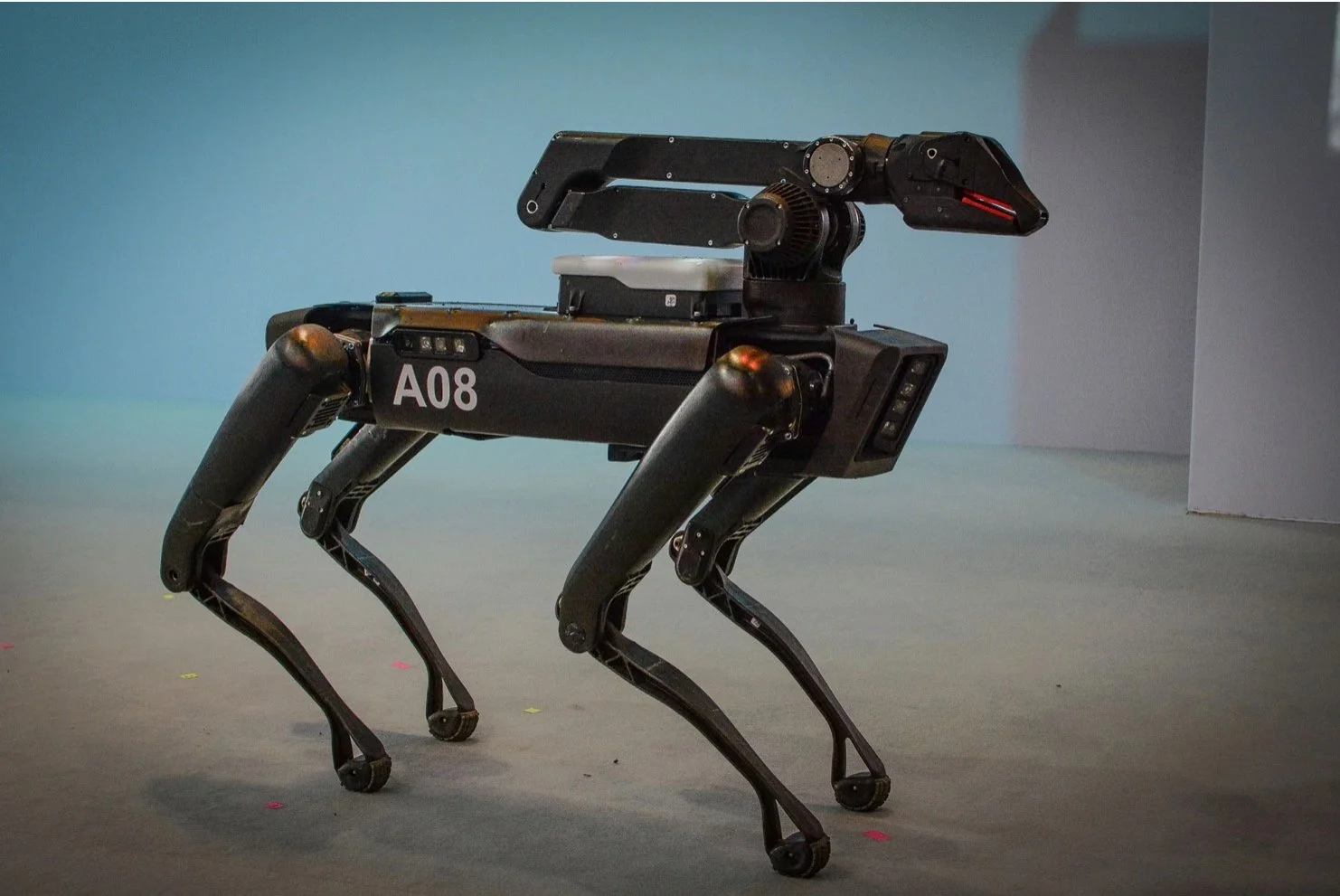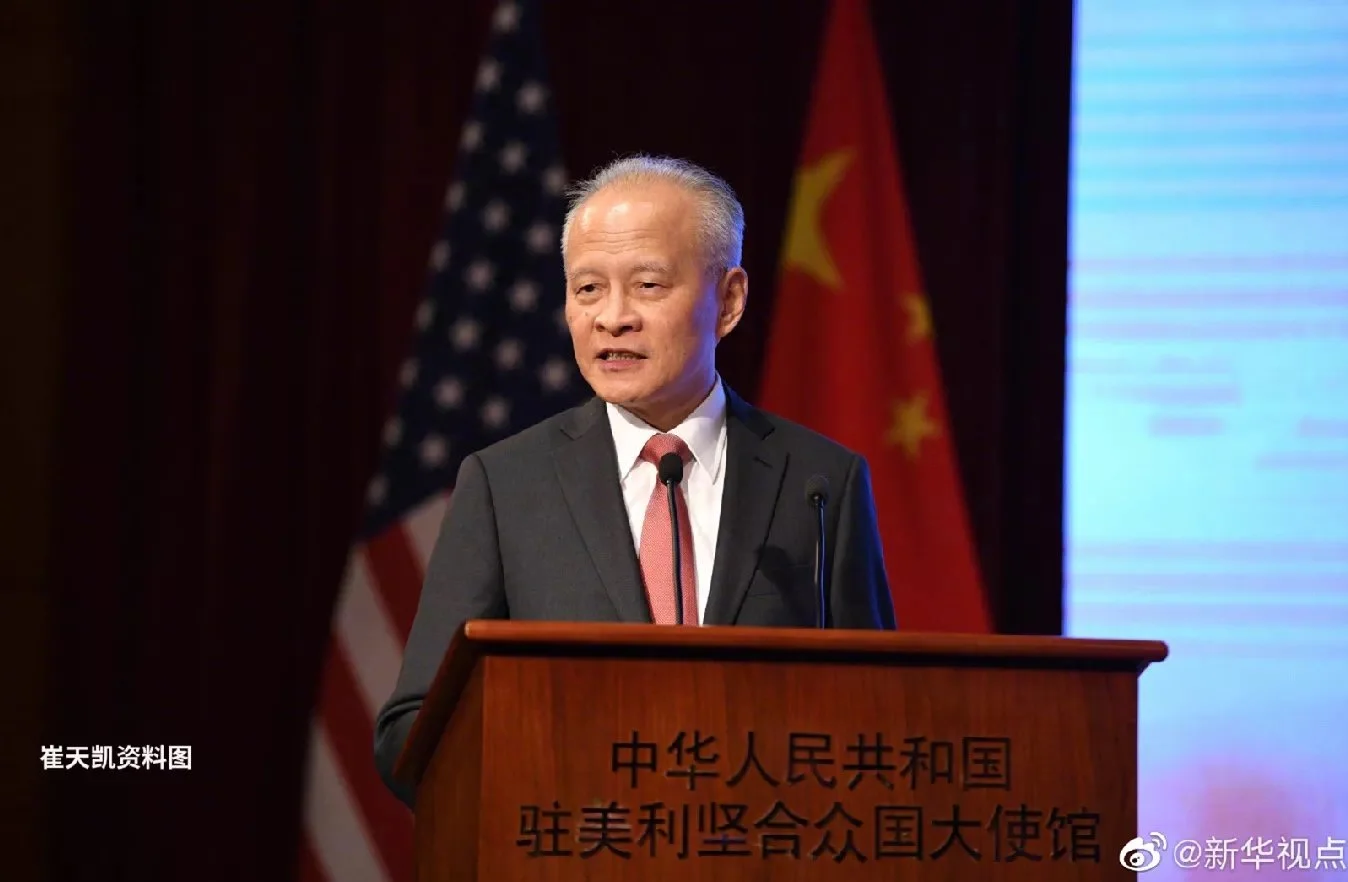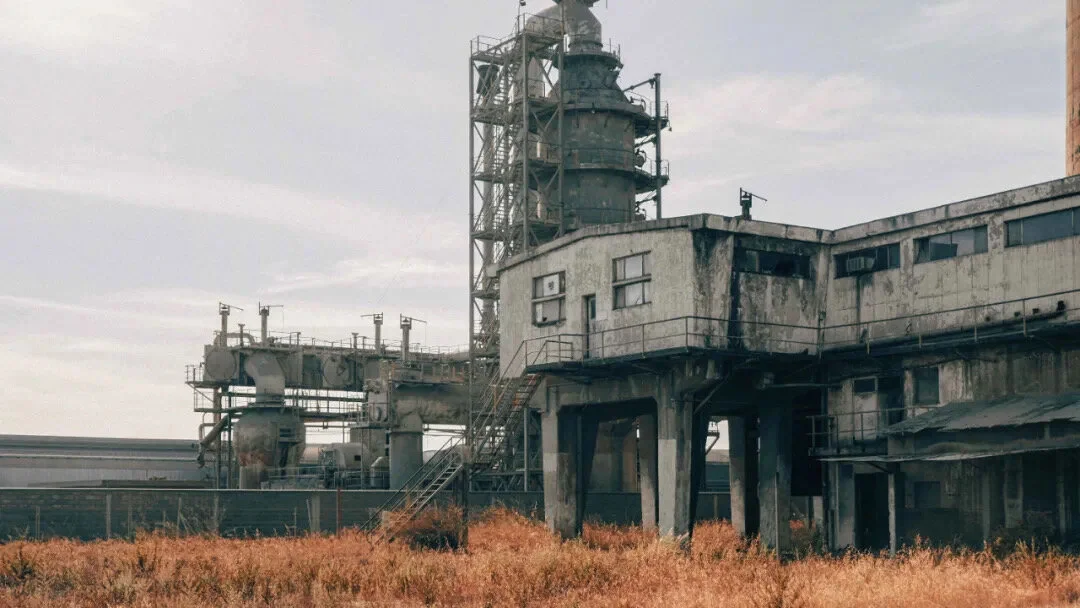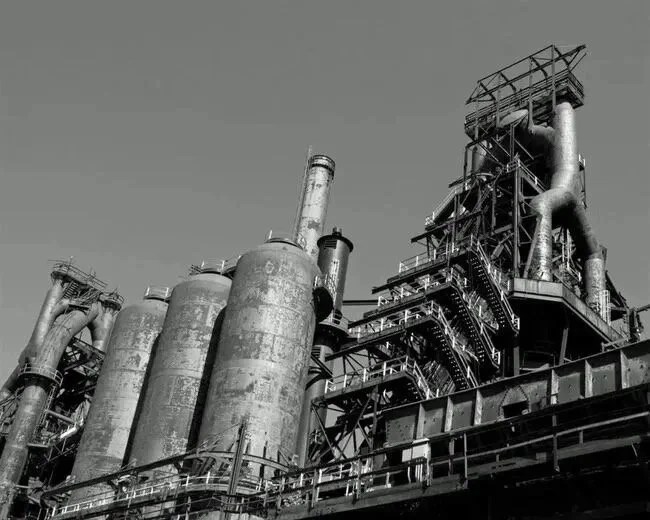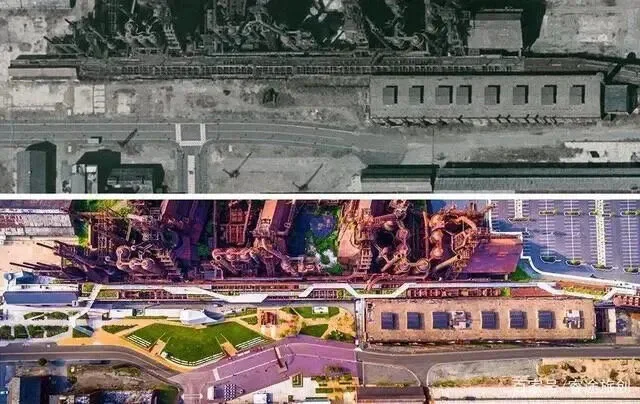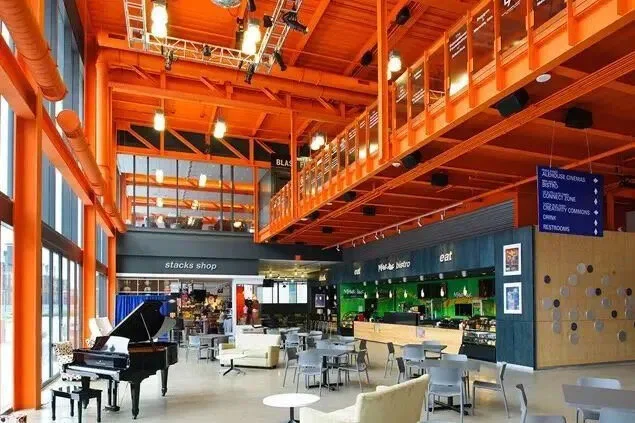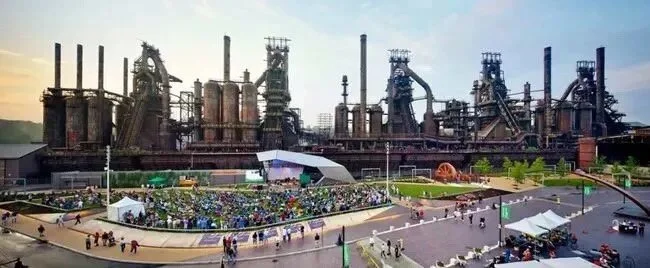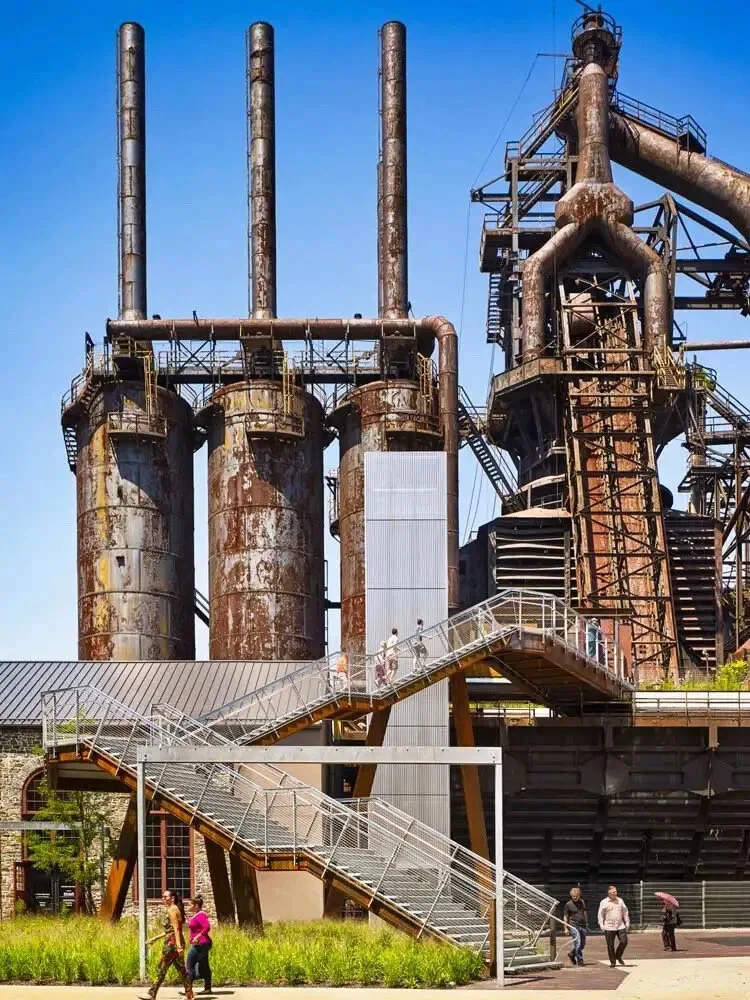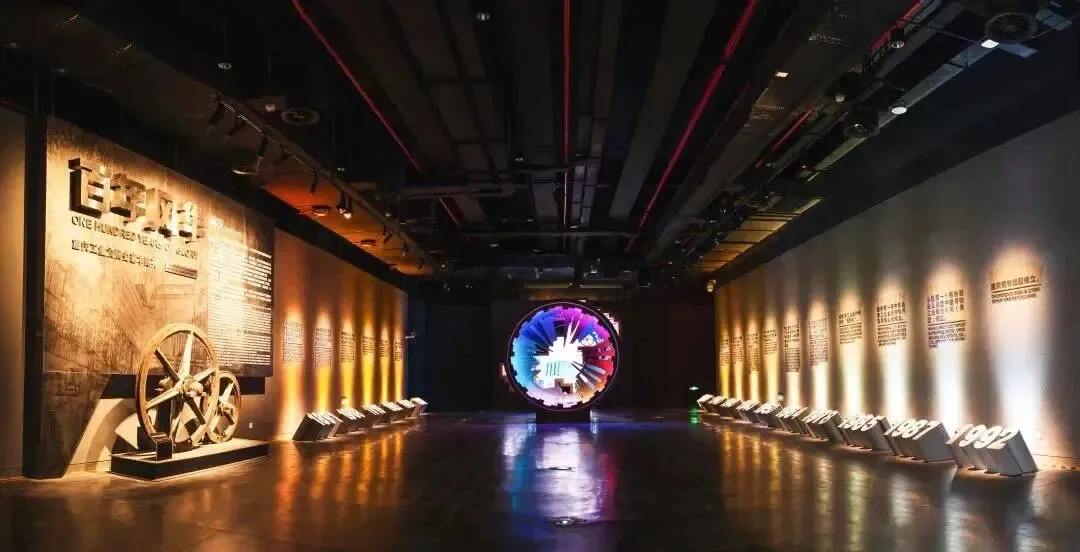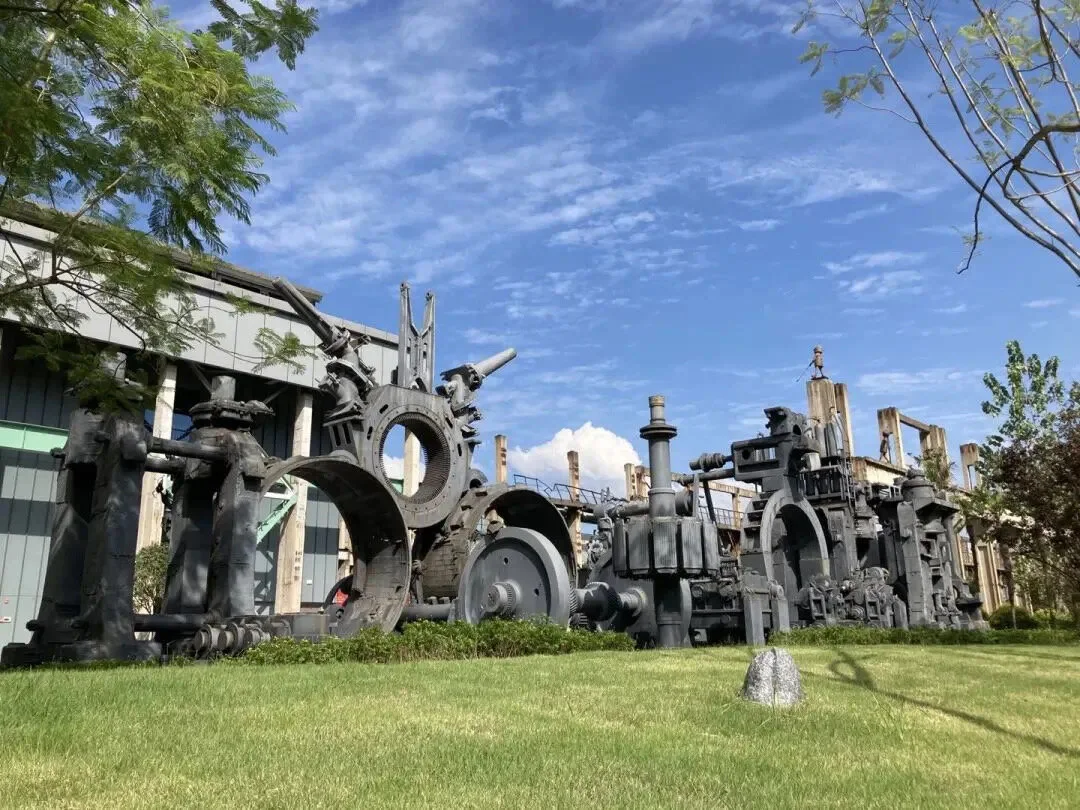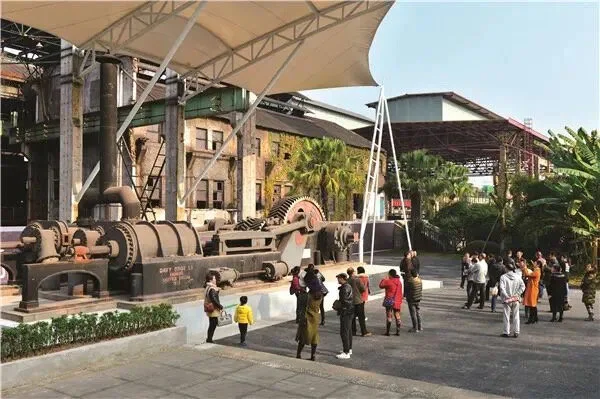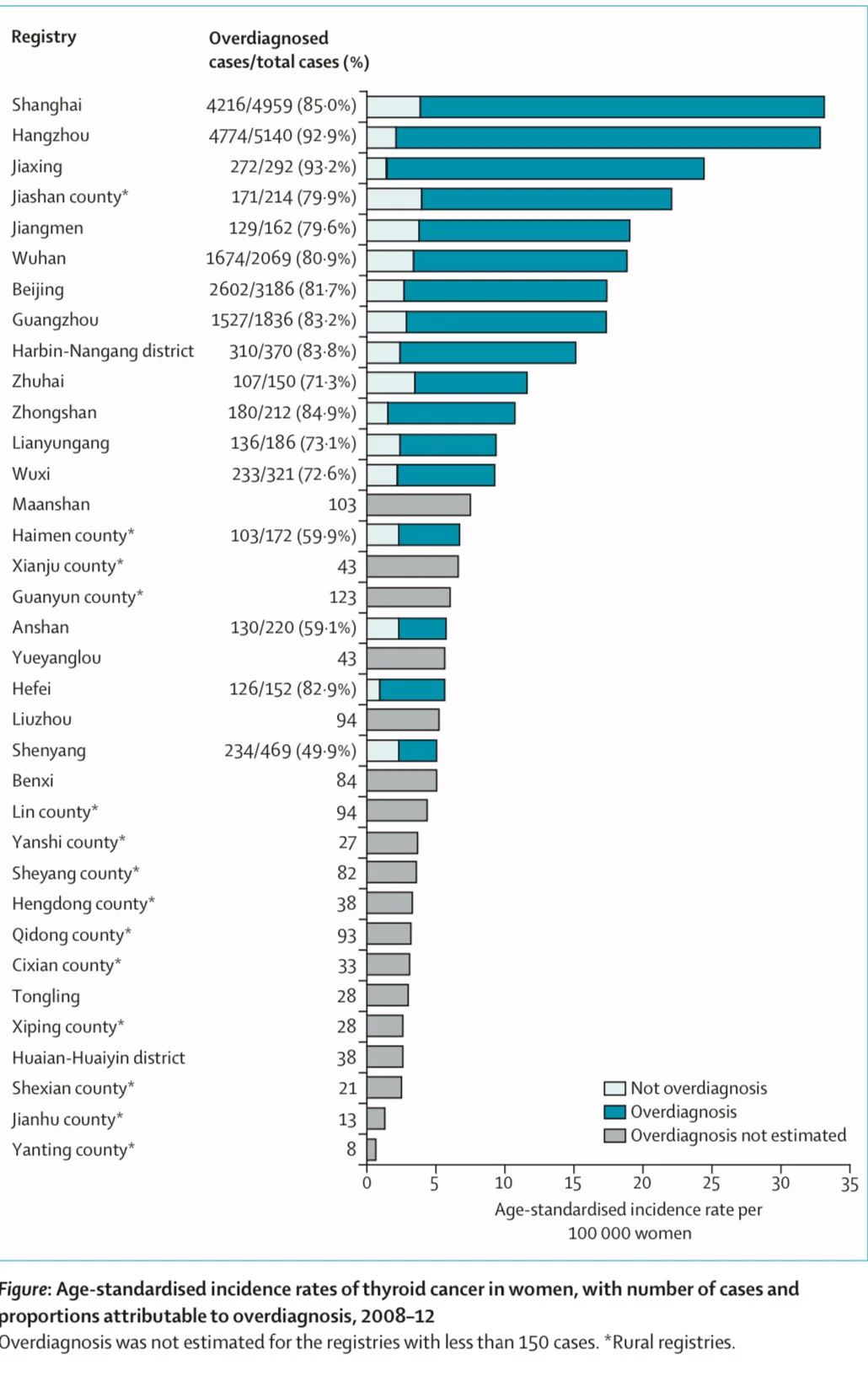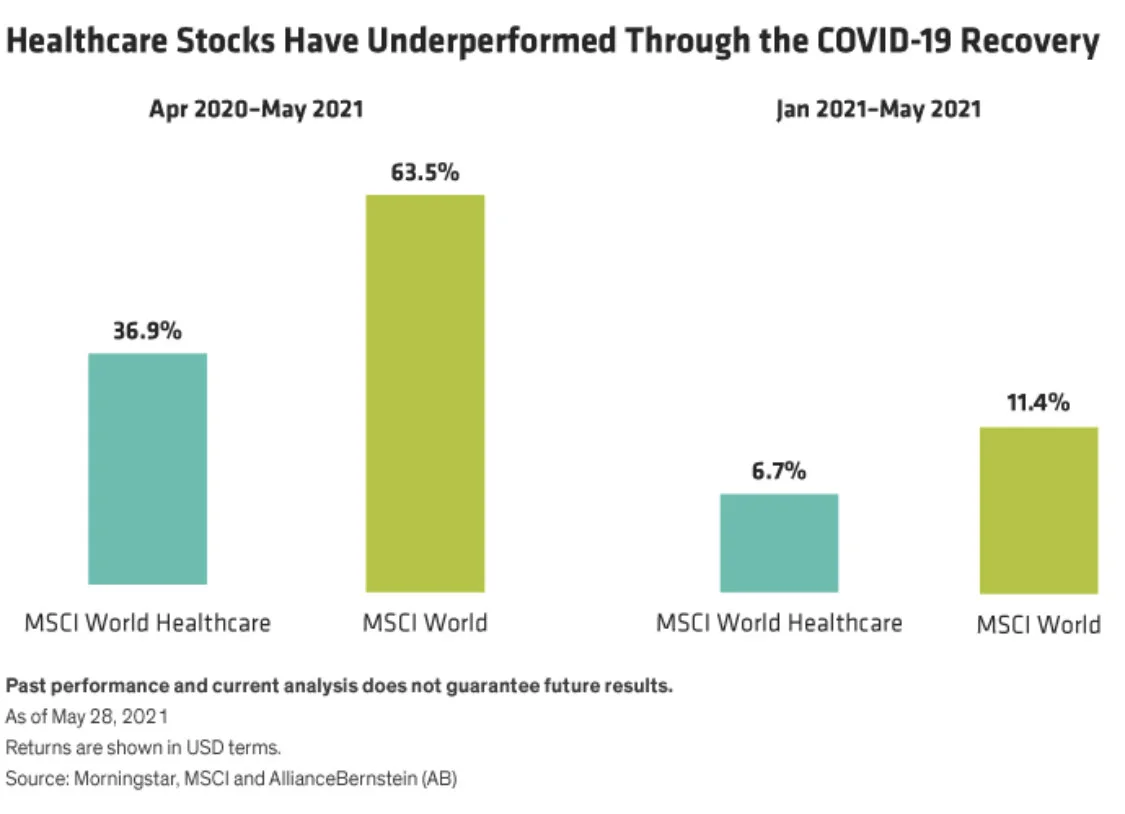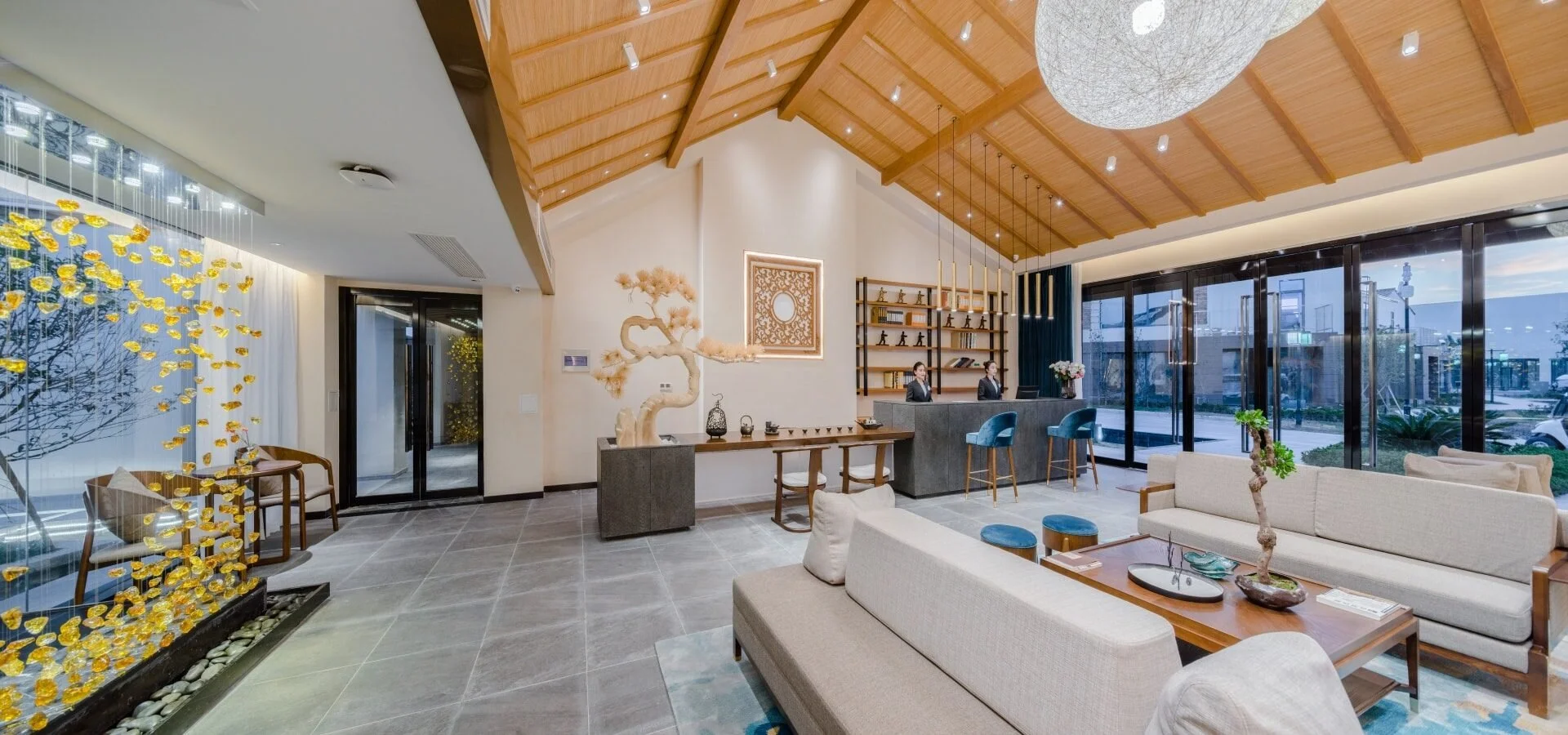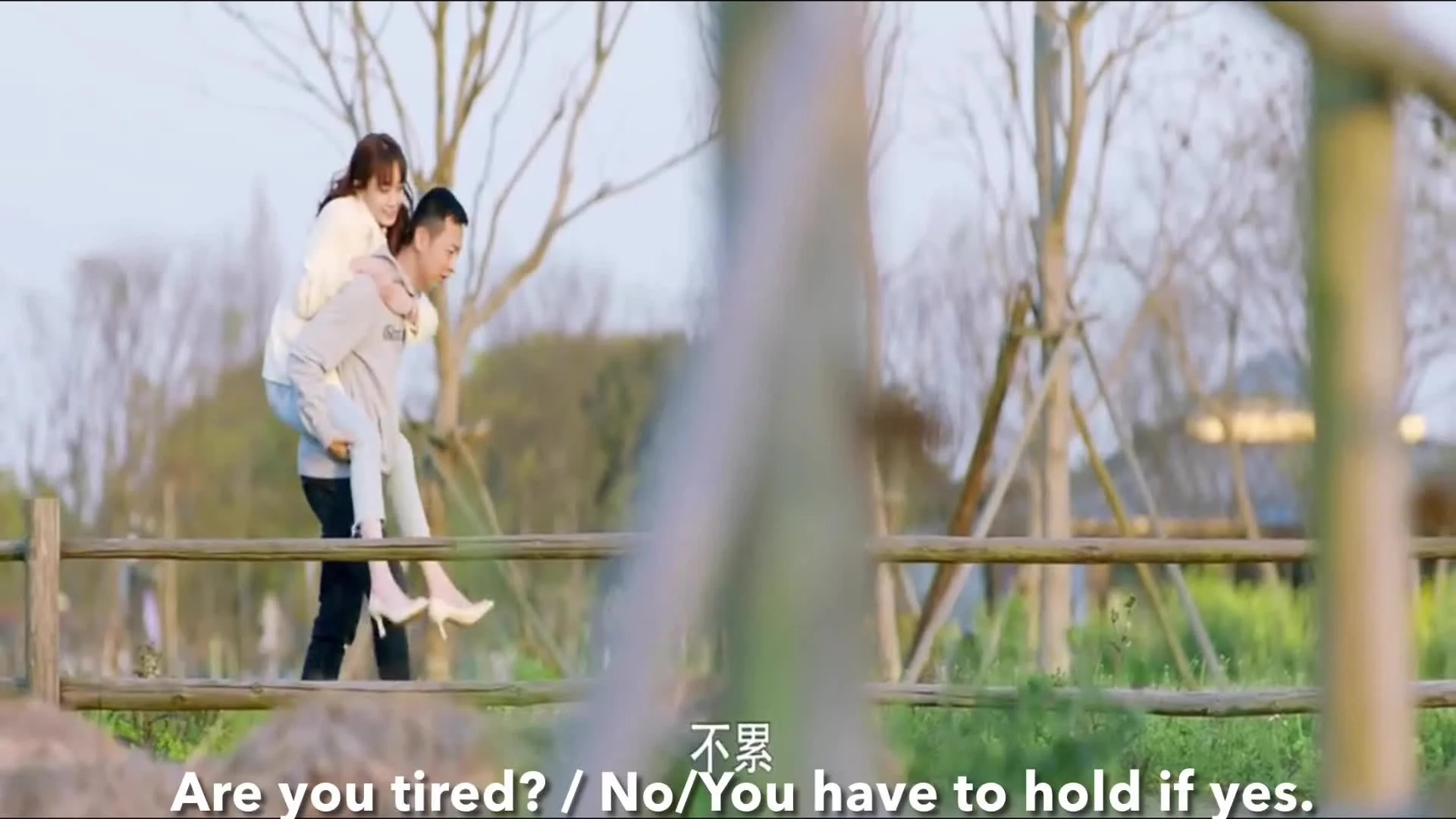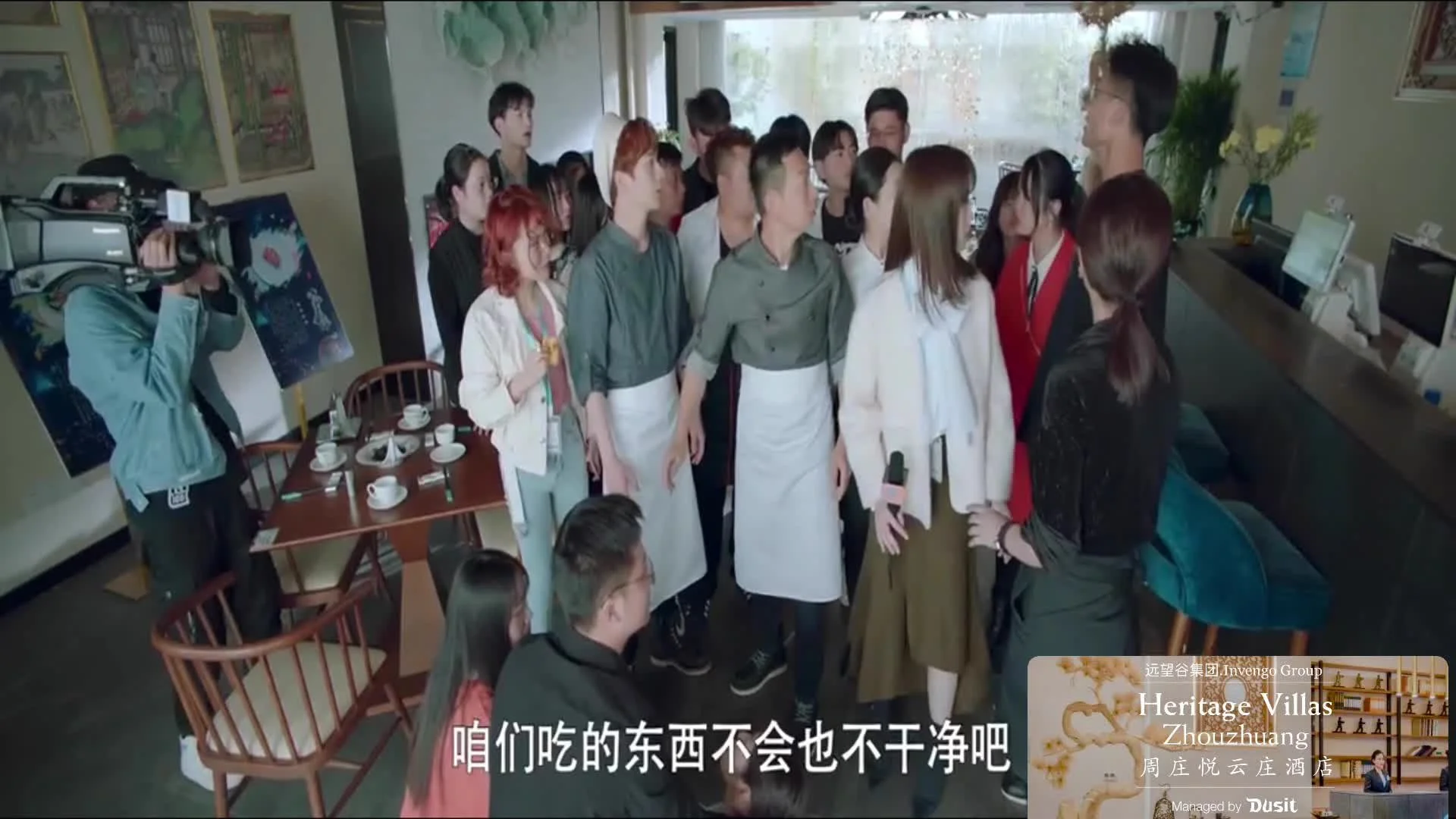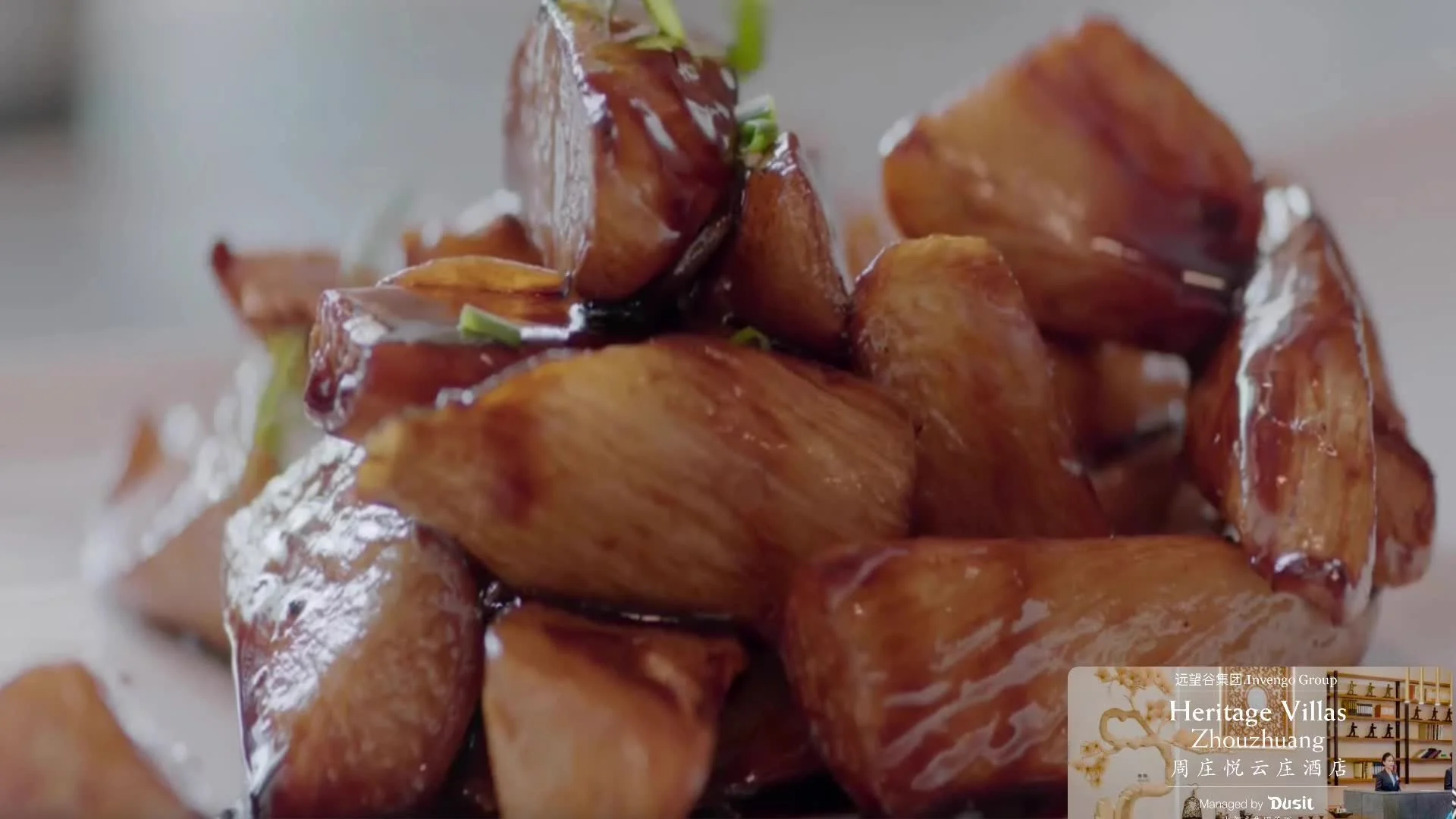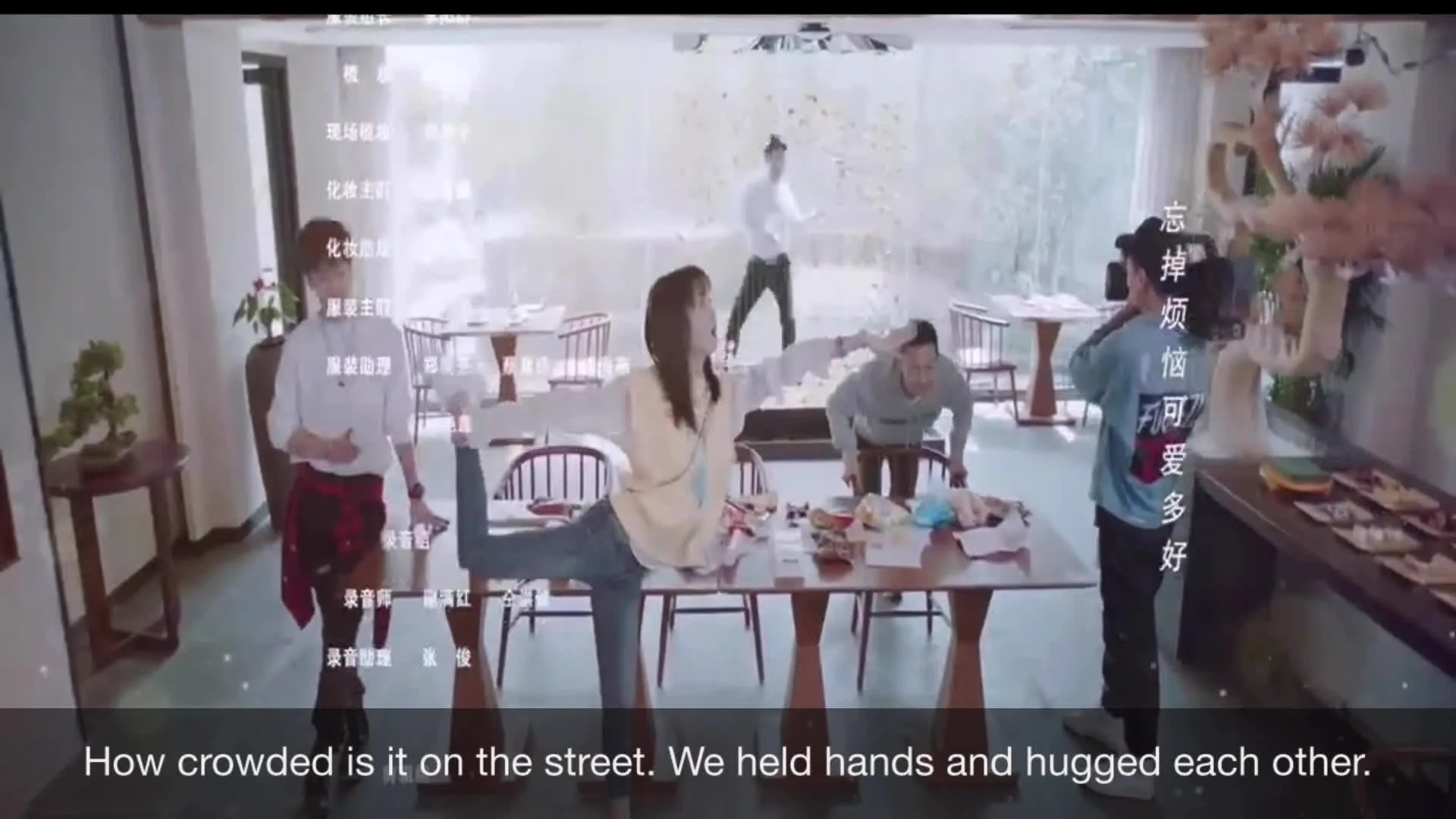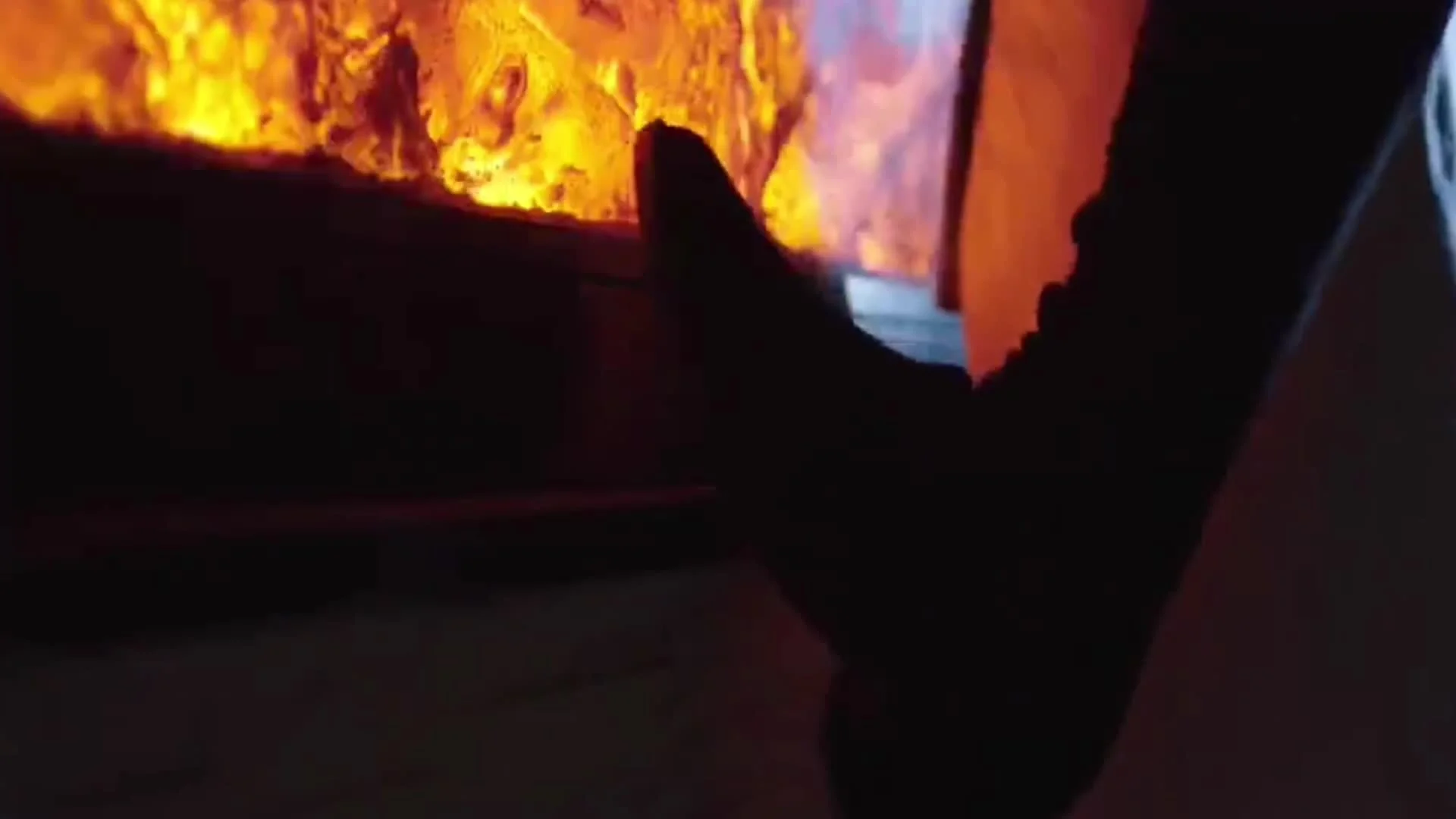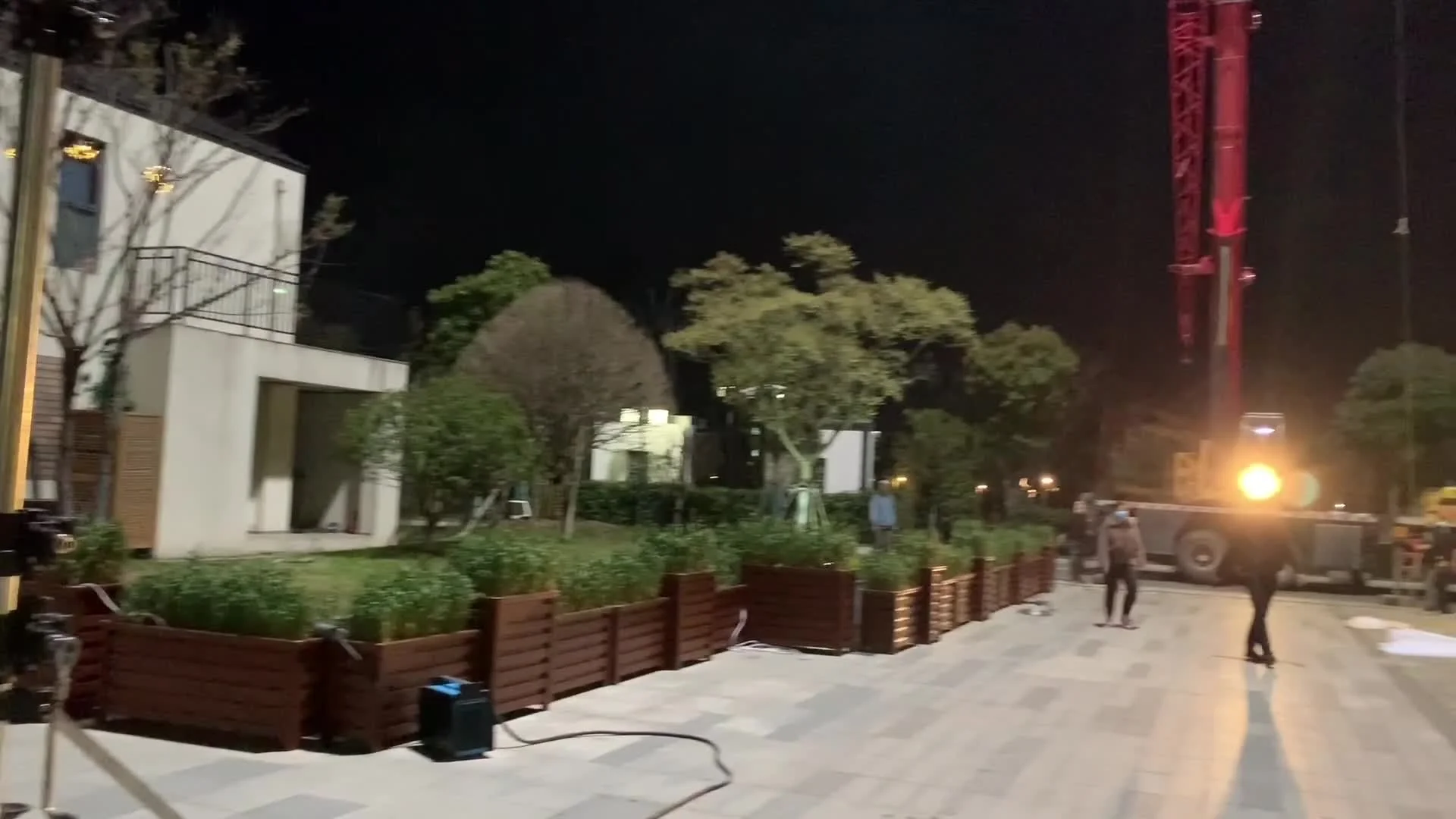Learning to motivate subordinates correctly is an essential skill for a qualified boss
Burmington Management Consulting Group
Motivation, at any stage of life is a very effective way to promote a positive attitude.
Babbling babies receive encouragement from their mothers to speak bravely;
Children who are new to school will receive encouragement from teachers and play with unfamiliar classmates.
Sons with poor grades will receive incentives from their mothers to work hard to improve their grades.
In the workplace, motivation is a means for the boss to strengthen the motivation of employees to get better results.
However, incentive is also a kind of knowledge, is good is twice the result with half the effort, with bad is to be counter-productive.
So how is it right to motivate employees? Let's look at the following questions first:
There is a horse in the distance. How do you attract it?
A. With grass B. With whip C. With mare D. Walk over and bring
You will find that no matter which method, can achieve the goal. But on closer reflection, each answer has its own problems.
If the horse is not hungry, A may not be effective, and if it is hungry, C. B and D, also if you can get close to the horse, what if you go there and it runs off?
To put it bluntly, how to motivate, or depends on the needs of the motivated. What he wants, what you give, is the best incentive.
In the incentive process, the direct supervisor and the human resources department need to cooperate with each other.
What the immediate supervisor has to do is:
The first is to conduct an employee needs survey, the second is personality needs inspiration, the third is the implementation of spiritual inspiration, and the fourth is to stimulate policy implementation.
What HR does is:
The first is the organization of employee needs survey, the second is the common need to motivate, the third is the implementation of material incentives, the fourth is to stimulate policy.
The main four steps:
Step 1. Investigate employee needs.
Every year, HR department should organize all departments to carry out employee needs survey to understand what employees focus on. Line manager should cooperate with HR department to do employee needs survey, explain the importance of needs survey to employees, ensure the authenticity of employee needs.
Step 2. individual requirements and generic requirements management.
According to the survey results of employee needs, to the common needs, human resources department should establish the company level to meet the needs of countermeasures; On personality needs, and line managers to research specific personality solutions.
The third step, material incentive and spiritual incentive double management.
Human Resources Department is responsible for formulating the implementation plan of material incentives to meet the needs of employees. Line manager to develop specific spiritual incentive programs to meet the spiritual needs of employees.
The fourth step, incentive policy management.
Human Resources regularly complete the incentive policy, supervise all departments to implement in place, line manager is responsible for the implementation of incentives in place. Joint efforts by both sides are really effective incentives.
Why Robots Will Multiply in the Warehouse
The impact of the pandemic on the warehouse industry will have long lasting effects on the industrial sector. From concerns of worker safety to the rush to keep up with the surge in e-commerce orders, the need for increased warehouse automation became evident.
Viewed initially as “early adopter” technologies only affordable to e-commerce giants, robotics are now considered mainstream and are expected to grow in use and popularity. Technology continues to improve and costs have come down making robotics and other automation systems in scope even for smaller and middle market companies.
The Extra Mile
Even before e-commerce’s recent surge, working in a warehouse has long been physically demanding work. In certain warehousing operations, it is not unusual for workers to walk miles per day picking products. Labor productivity is a big focus in warehousing operations which is why “goods-to-person” automation systems make sense.
By 2023, it’s expected demand will quadruple for these systems. One of the reasons: order pickers frequently spend 70-75% of their time traveling. A goods-to-person system can reduce or eliminate that travel, allowing the person to focus 100% of their time on the productive work, and with a properly implemented goods-to-person system, productivity can triple, allowing one person to do the work of three.
The growth of e-commerce has put increased pressure on labor. Today, direct-to-consumer fulfillment operations can require up to 10 times as many employees to individually pick, pack and ship goods. Attracting and retaining qualified workers remains one of the biggest supply chain challenges.
A study last year by Auburn University found that 80% of supply chain professionals considered attracting and retaining labor as a top priority issue. Warehouse wages are increasing, too. For some companies, robotic solutions could offer a better return on investment.
Need for Speed
Millennials are the least patient when it comes to impediments to speed compared to their generational counterparts. Sixty-five percent of them say that long wait times for pick up or delivery negatively impacted their shopping experience, according to a consumer survey by Big Red Rooster, a brand experience company owned by real-estate services firm Jones Lang LaSalle Inc. (JLL).
By 2030, next-day and same-day fulfillment will be the dominant customer requirement, said 80% of the Auburn University survey respondents. The online grocery segment too is scaling to deliver in hours. Online grocery has been one of the fastest growing segments of e-commerce and is anticipated to grow to $100 billion in sales by 2022 according to the Food Industry Association (FMI). Proof of this demand is also reflected as Kroger Co.’s fourth quarter digital sales grew 118%, according to a report by JLL.
Kroger and Britain’s Ocado Group Plc, which opened the first of up to 20 fully automated fulfillment centers in April 2021, will use artificial intelligence, robots with totes and a proprietary control system to pick and pack deliveries. The adoption of robotics and automation systems could help make these consumer expectations a reality.
Reducing Risk
Providing for an employee’s well-being, especially in a fast-paced, competitive distribution environment, is a critical success factor. Workers face a greater risk of injury when they are tired from working long hours, or continually doing repetitive and physically demanding tasks. Not surprisingly, these activities are exactly what robots excel at and desire.
Robotics company Boston Dynamics has created a machine called “Stretch,” which is capable of moving 800 boxes per hour in the warehouse and can potentially be used to unload trucks, strip cases off pallets, and transfer cartons to conveyors. This was driven by the need to manage high-speed operations as well as mitigate the increasing cost of labor.
Eighty percent of supply chain professionals expect greater investments in automation by their companies in the next 10 years, and 88% say they’ll be more reliant on automation and robotics in the nearer future.
New technology and demographics continue to transform the industry, pushing expectations to new levels. From a supply chain perspective, the global pandemic put a huge spotlight on risk management with a special emphasis on people. When it comes to labor, although robotics and automation will never eliminate the need for qualified employees, it certainly can help mitigate the risk.
Shrinking Size, Rising Average Price " China Refrigerator Market of May 2021 Briefing
According to GFK China Yikang market monitoring data, in May 2021, the refrigerator market retail sales of both channels showed negative growth, online and offline decline of 7.1% and 9.5% respectively.
In terms of price, the average price of two-line market showed an upward trend compared with the same period last year, including the online average price reached 1,882 yuan, an increase of 10.3% year on year; The average offline price reached 5,327 yuan, up 15.9% year on year.
Category, multi-door refrigerator market retail sales share is still outstanding, online and offline respectively reached 33.4% and 60.7%; Retail sales increased by 21.8% year-on-year online and slightly decreased offline.
At the same time, the average price of multi-door refrigerator also showed an outstanding increase, with the online average price rising from 3667 yuan in the same period last year to 4319 yuan, The average price of the line rose from 6,675 yuan to 7,437 yuan, the two-line average price in all categories in the top.
From the volume segment, in May 500L and over 500L double-line market share of retail sales are significantly increased, This increased to 33.2% online and 53.8% offline. From the price segment, online channel 4K products accounted for the largest share of retail sales, accounting for 38.5%, compared with 40.8% in the same period last year slightly shrinking; Offline 10K + high-end products market share of retail sales increased significantly, from 22.4% to 30.0%.
Sub-brand, the main brands of two-line average price overall increase, only a few brands fell. However, from the two-line market share of retail sales, each brand in the dual-line channel performance is different, the share is up and down.
In the market new TOP model list, more than half of the categories online channels, online channels also occupy an absolute advantage.
Farewell Letter from Ambassador Cui Tiankai to Overseas Chinese in America
Dear Overseas Chinese,
Time flies, time flies. Since April 2013, I have been serving as Chinese Ambassador to the United States for more than eight years. I will leave my post and return to China soon. This is the longest foreign assignment in my diplomatic career. I have experienced many historic events, made many warm and friendly friends, and left me many unforgettable memories.
On the occasion of parting, I would like to express my heartfelt thanks to the vast number of overseas Chinese in the United States for their concern and support for my work. I remember vividly that shortly after I took office in April 2013, dozens of overseas Chinese organizations held a grand welcoming banquet for me. It was the first major event I had attended since arriving in Washington. I remember vividly that on holidays, I had a long talk with my overseas Chinese leaders, listening to you share your in-depth observations on the United States and offering suggestions for developing China-US relations. I remember vividly that every time a Chinese leader visited the United States, he was greeted by overseas Chinese everywhere he went. The Chinese and American flags were waved in the wind and cheers were heard. I remember vividly that whenever my ancestral home country suffered disasters and disasters, overseas Chinese did not hesitate to make generous contributions. In particular, I remember vividly that over the years, overseas Chinese have lived overseas in love with the people of China. They have worked tirelessly to promote mutually beneficial cooperation and people-to-people exchanges between China and the United States, and have spoken out firmly to promote the reunification of the motherland and safeguard national dignity.
In a few days, we will mark the 100th anniversary of the founding of the Communist Party of China. Looking back at history, the sons and daughters of the Chinese nation are all filled with joy for the historic achievement of the great motherland from standing up, becoming rich to becoming strong. Generations of overseas Chinese have always adhered to the patriotic tradition and have never been absent in every period of China's revolution, construction and reform. They have made important contributions to the independence and liberation of the Chinese people and to the prosperity and development of the country. Looking forward to the future, China has embarked on a new journey of building a modern socialist country in an all-round way. This has provided broader and brighter prospects for the development of overseas Chinese. At the same time, we also need the vast number of overseas Chinese to exert their wisdom, contribute their strength, and make a unique contribution to realizing the Chinese Dream of national rejuvenation. I hope that the vast number of overseas Chinese in the United States will continue to cherish the hearts of their children, and work together with the sons and daughters of China at home and abroad to create a brighter future for China.
Since the establishment of diplomatic relations between China and the United States 42 years ago, bilateral relations have made historic achievements and the interests of the two countries have long been closely intertwined. Overseas Chinese in the United States have always been the private emissaries of Sino-US friendly exchanges with the advantage of integrating China and the West. At present, China-US relations are at a critical crossroads. The US policy towards China is undergoing a new round of restructuring and is facing a choice between dialogue and cooperation and confrontation and conflict. At this moment, overseas Chinese in the United States are shouldering more important responsibilities and missions. I hope you will continue to act as staunch promoters and active contributors to the sound and steady development of China-US relations, starting from defending your own rights and interests in the United States, safeguarding the fundamental interests of the Chinese and American peoples, and promoting world peace, stability and prosperity.
Friends at home, if the horizon neighbors. I will always cherish the deep friendship I have forged with all overseas Chinese during my mission to the United States. Finally, I sincerely wish you all good health, family happiness and good luck!
The People's Republic of China in the United States of America
Ambassador Extraordinary and Plenipotentiary
Cui Tiankai
21 June 2021
The Renewal of Old Projects: From Abandoned Steel Mills to Cultural and Tourist Resorts
Core tips:
Through re-design focusing on cultural tourism development, the old industrial plants and mining areas were turned into new city landmarks, cultural tourism leisure and consumer complex, It is not only an important measure to boost consumption, but also fits the development needs of urban leisure blocks. If the factory is the need of the times, then the transformation of the waste plant area is the market needs. However, all the lack of consumer main positioning and precise consumer group, based solely on nostalgia and petty bourgeois sentiment for the artistic transformation are illusory, out of the market, not down to earth, the result is doomed to failure.
In the industrial era, steel mills, mining plants and other industrial bases carry the glory and dreams of a generation. With the development of the times, industrial structure is constantly adjusted, and many industrial bases are gradually abandoned. How do these industrial sites, which witness the urban development, escape the fate of being submerged by the times? Under the blessing of culture and tourism, the industrial heritage is rejuvenated.
In this paper, Bioma summarized the successful cases at home and abroad, through the promotion of cultural tourism and creative architectural design, explore the new life after the transformation of old factory.
SteelStacks Arts and Culture Park
Steel Stacks is located in northeast Pennsylvania and formerly Bethlehem Steel, Founded in 1857, the 1,800-acre company was once the second-largest steel group in the United States and built 1,127 war ships and the Golden Gate Bridge.
However, the stagnation of infrastructure construction, real estate and automobile and ship industries in the 1980s led to the steel market facing a serious situation of oversupply. The plant was eventually closed, but the story didn't end there. In 2005, Beth Works Now Bass Studio acquired the plant's iconic blast furnace and 126 acres of surrounding land from International Steel Group. The following year with Sands Group Sands to jointly renovate and develop the blast furnace area of Bethlehem Steel.
However, it seems difficult to support the new business by relying on the century-old cultural IP of the abandoned blast furnace area and the Bethlehem steel mill. In order to fully activate the area and bring in more people, the development company offered the government 9.5 acres of land free of charge, and the government lobbied the nonprofit art organization ArtQuest and PBS television stations to settle in.
The final presentation of SteelStacks Art and Culture Park is based on the original industrial heritage, Unified site landscape and new building style, at the same time the addition of overhead corridors, connecting industrial site landscape, Steel Stacks Art Park and the hotel integrated business district, the steel mill and the new community and commercial street to achieve a seamless connection.
The key part of the transformation is to plan a curvilinear path through the campus, while meeting the outdoor open space needs of both sides of the Levitt Pavilion Levett Garden Plaza and ArtQuest Center and the PBS Performing Arts Center, Under the overall plan, the blast furnace site becomes the backdrop for the public space, pushing the Levitt Pavilion Garden Plaza, which incorporates art, entertainment and activities, onto the main axis opposite the main entrance to the park.
Inside the ArtsQuest Center building, music, art and film are almost nonstop - the ArtQuest nonprofit arts organization meets each year inside the Musikfest Cafe, Funding 150 ~ 170 music performances of unlimited style, which brought huge traffic to the hotel business district, as of 2017, On average, over 1000 concerts are held each year, with 13% of the traffic generated by Steel Stacks Cultural Park, Steel Stacks has become a world-renowned art, culture and entertainment park. It has been transformed into Jinsha Hotel on the east side of the park, and has brought in new talents and created a lot of employment opportunities.
Chongqing Industrial Culture Expo Park
Chongqing Industrial Culture Expo Park is located in Dadukou District, relying on the construction of some industrial remains of the prototype steel plant of Chonggang, Covering an area of 142 mu, with a total scale of 140,000 square meters, it consists of three parts: Industrial Heritage Park, Industry Museum and Cultural and Creative Industries Park. With industrial cultural heritage as the core, it forms an integrated new industrial pattern.
Chongqing Iron and Steel Group is a large iron and steel complex with a history of 100 years. Its predecessor was the Hanyang Iron Works founded by the late Qing Dynasty government in 1890, The steel mill is not only the history of the development of an enterprise, but also the epitome and portrayal of the bumpy progress of China's steel industry. In 2011, due to environmental protection relocation, its steel production system in the old district of Dadukou was all shut down. Then it was transformed into the Chongqing Industrial Culture Expo Park, which integrates "cultural tourism and business" into one, promoting the development of commerce through cultural tourism, so that the area glow with new vitality.
Industrial Heritage Park site in 1905 Sheffield company produced 8000 horsepower two-cylinder horizontal steam prime mover and other valuable industrial equipment exhibits, A number of themed sculptures, installations and statues of industrial pioneers embody the perfect combination of industrial culture and public art.
The Industrial Museum consists of the main exhibition hall, the "Steel Soul" museum and the industrial heritage park. It strives to create a pan-museum with innovative ideas, interactive experiences and thematic scenes.
Cultural and Creative Industrial Park combines the pan-museum and cultural and creative industries organically. It is arranged in the old factory building and the newly built LOFT space in Linjiang to form a cultural and innovation industrial park. Also the industry office, experiential commerce, sports and leisure, boutique hotels, public space leisure exchange areas and other space.
Since its opening in 2019, the park has become a new Internet celebrity punch card, and many visitors are attracted to it.
Whether foreign or domestic, industrial remains are not cold steel and masonry, But the witness of industrial civilization, bearing the culture and spirit of a city, when the wheel of the times rolling forward, these industrial remains should not be abandoned by the city, but need to be through reasonable development and transformation, reactivate these cultural carriers.
Mapping overdiagnosis of thyroid cancer in China
Globally, the incidence of thyroid cancer has increased substantially in the past three decades,particularly among young adults and even in adolescents,whereas mortality due to thyroid cancer has remained relatively stable at low levels, or decreased, almost everywhere.The intense scrutiny of the thyroid gland and widespread use of ultra- sonography and other modern diagnostic techniques have allowed the discovery of a large reservoir of previously undetectable, small, and predominantly papillary thyroid tumours. Thus, the epidemic of thyroid cancer is likely to be predominantly driven by overdiagnosis—ie, the diagnosis of cancer that would not go on to cause symptoms or death in a patient’s lifetime. Overdiagnosis of thyroid cancer has been estimated to account for up to 60–90% of the diagnosed cases in several countries.
This phenomenon might be affecting China,1 where thyroid cancer is the fastest growing cancer, with an average 20% annual increase over 2003–11.However, substantial geographical variability exists, with an approximately 45 times difference between areas with lowest and highest incidence,5 the reasons for which remain unclear.
In this study, we explored the epidemiological features and the impact of overdiagnosis on thyroid cancer across regions of China, using population-based data from 35 cancer registries in mainland China included in the Cancer Incidence in Five Continents (CI5) database for the period 2008–12. In this period, 27 842 individuals aged 15–84 years were diagnosed with thyroid cancer (appendix pp 2–5). The average age- standardised incidence rate was 16.8 cases per 100000 women and 5·3 cases per 100 000 men. We found a large variability across registries in the age-standardised incidence of thyroid cancer, ranging from 0.7 to 33.9 cases per 100 000 women (figure) and from 0·4 to 11.6 cases per 100 000 men (appendix p 6). Higher incidence rates were observed in the 21 urban registries (an average age- standardised incidence 19.0 cases per 100000 women and 6·1 cases per 100000 men) than in their rural counterparts (4·9 cases per 100000 women and 1.4 cases per 100000 men). This geographical variation reflected predominantly the incidence of papillary carcinoma, which accounted for most of the diagnosed thyroid cancer cases in all registries (appendix p 7).
For ten registries with at least 10 years of registration data available (for 2003–12), we also assessed the temporal change of age-standardised incidence rates from 2003–07 to 2008–12, in absolute terms and as percentage of variation. We found increases of more than 10 cases per 100000 women and 5 cases per 100 000 men, with relative changes during this period exceeding 100% in Shanghai, Jiaxing, and Jiashan county (appendix p 12).
Contrary to incidence and similarly to what has been observed in other countries,thyroid cancer mortality remains low in China Previous studies have shown that the age-standardised mortality rate of thyroid cancer was 0·35 deaths per 100 000 women and 0.19 deaths per 100 000 men in 2010,far below the observed incidence, with an incidence-to-mortality ratio exceeding 40 in women and 20 in men. Even in high-incidence areas such as Zhejiang province, where the registries of Hangzhou, Jiaxing, and Jianshan county are located, age- standardised mortality of thyroid cancer remained stable at relatively low levels in the period 2000–12.7
A distinct epidemiological feature of thyroid cancer overdiagnosis that has been observed globally is that the increase in incidence is typically accompanied by a shift of the age at diagnosis, with a peak at around middle age (35–64 years), instead of at older ages (65–84 years), as was observed before the 1980s.Indeed, when plotting incidence against age at diagnosis in 2008–12 many regions of China followed this pattern, resembling an inverted U-shape, which was particularly pronounced in urban areas with high age-standardised incidence rates and large cities like Shanghai and Hangzhou (appendix p 8) but much less prominent in rural registries, except for Jiashan county (appendix p 9). Women in particular were found to be diagnosed early in life (age 30–49 years), probably due to their greater access to the health system than men due to gynaecological and obstetrical reasons, leading to increased chance of having their thyroid scrutinised by ultrasound. Unfortunately, data on the number of ultrasound machines in the study areas are not available.
We calculated overdiagnosis on the basis of the difference between the observed and the expected age-specific incidence, where the expected age curve was assumed to correspond to a scenario without overdiagnosis (ie, incidence increasing with a power law of age, as in historical patterns and in agreement with the multistage model of carcinogenesis; appendix pp 2–3). For all 21 registries in urban areas combined, we estimated that overdiagnosis accounted for 16 721 (83.1%) of 20 114 thyroid cancer cases in women and 4986 (77.3%) of 6452 cases in men in 2008–12. The highest proportions of overdiagnosis were estimated for Shanghai, Hangzhou, Wuhan, Beijing, and Guangzhou, accounting for over 70% of all thyroid cancer cases for both sexes (figure; appendix p 6). For all 14 rural registries combined, we estimated that 597 (60.4%) of 989 thyroid cancer cases among women and 170 (59.2%) of 287 cases among men were overdiagnosed.
We further assessed the possible role of availability and access to health care in China that, together with screening prevalence and socioeconomic development, has been found to be positively associated with incidence of thyroid cancer in previous national and international studies.We found that the age-standardised incidence of thyroid cancer was strongly associated at the regional level with gross domestic product (GDP) per capita and with the number of hospital beds per 1000 people in both sexes (appendix pp 10). One unit (¥10 000) increase in log(GDP) was associated with a 0.93 (95% CI 0.51–1.36) times increase of log(age-standardised incidence) in women and a 0.90 (0.50–1.31) times increase of log (age-standardised incidence) in men. The corresponding Spearman correlation coefficient was 0.52 (p=0.0017) in women and 0.60 (p=0.0002) in men. The regression coefficient of log(age-standardised incidence) on log-transformed number of hospital beds per 1000 people was 0.83 (95% CI 0.38–1.28) in women and 0.83 (0·42–1·24) in men; and the corresponding Spearman correlation coefficient was 0.44 (p=0.010) in women and 0.52 (p=0·0019) in men. Similar findings were observed when we only included the papillary thyroid cancer cases (appendix p 11).
Despite limitations due to possible ecological fallacy, we found that overdiagnosis of thyroid cancer occurs more often in regions where people have increased accessibility and affordability of health care than in other areas. No organised screening programmes for thyroid cancer exist in China, but the unregulated nature of the offer of medical services might lead to a large number of unnecessary check-ups. Thyroid ultrasound is included in the checklist of services in many health examination centres in China, especially under the scheme of urban employee-based basic medical insurance. The predominant fee-for- service payment method might have worsened the situation by creating incentives for hospitals to encourage more examinations. A national survey showed that the prevalence of thyroid nodules detected by ultrasonography was 20·4% in adults from the general populations.The large reservoir of subclinical disease in the general population, combined with the increasing use of non-evidence-based and extensive examinations, might have driven the high proportion of overdiagnosis in the urban areas.
Although rural areas were less affected by overdiagnosis than their urban counterparts, overdiagnosis cannot be ignored in these areas for at least two reasons. First, uneven development was seen within rural areas. For example, Jiashan county, where we observed substantial overdiagnosis, is among the top 100 counties in China in terms of comprehensive strength and development. Second, the rate of urbanisation has been accelerating in China over the past four decades. With the fast socioeconomic transition, the trends of thyroid cancer overdiagnosis observed in urban areas could potentially spread to rural areas if no regulation measures are available.
In conclusion, we found that many registries in China, predominantly in urban areas, seem to display the typical epidemiological features of overdiagnosis of thyroid cancer. These features include a large geographical variability in the incidence of the disease; a fast increase in incidence over a short period of time without a corresponding increase in mortality; a large proportion of papillary carcinomas; a great distortion of age-specific curves; and a positive correlation with indicators that are proxies of availability and access to health care, such as GDP per capita and number of hospital beds, suggesting that overdiagnosis has a major role in the regional variation of incidence of thyroid cancer.
Overall, our analyses indicate a possible sizeable problem of over- diagnosis of thyroid cancer in several urban cities in China. Individuals who are overdiagnosed with thyroid cancer undergo heavy and unnecessary treatments (including surgical removal of the thyroid gland and lifelong hormonal replacement therapy), which implies substantial impairment of patients’ quality of life and also relevant economic costs for patients and the health system. Thyroid cancer overdiagnosis is an example of medical service overuse, which is a major challenge to increase health service equality and reduce the governmental expenditure simultaneously. Our findings from China—a country rapidly transitioning to a higher level of socioeconomic status—should be an early warning to this emerging economy and other countries at a similar stage of development.
Healthcare Stocks: Four Questions for the Recovery
Bernstein
Disappointing returns for healthcare stocks through the market’s recovery from the pandemic have raised concerns about the sector. But there’s still plenty of promising growth potential to be found. These four questions can help investors identify areas of interest.
Since the pandemic began, many investors have paid close attention to the healthcare sector. Yet global healthcare stocks have trailed the broader market since the recovery from the COVID-19-related crash began in April 2020 and in the year to date (Display).
Why the underperformance? First, the sector was affected by a rotation into more economically sensitive industries and out of more defensive industries such as healthcare as investors positioned for an economic reopening post COVID-19. Second, unprofitable small- and mid-cap biotech companies have sold off this year, following strong but volatile gains in 2020. Lastly, rising interest rates have suppressed gains for growth stocks in general—including healthcare—which tend to benefit from lower discount rates. But these trends don’t undermine the long-term appeal of innovative healthcare companies with strong business fundamentals, in our view. The following questions can help guide the way to attractive opportunities in the sector.
1. How has the development of COVID-19 vaccines changed the healthcare industry?
Historic efforts to develop COVID-19 vaccines have had two huge effects on the industry. First, the success of mRNA technology has added an important weapon to drugmakers’ arsenals. We’ve learned from the pandemic that this new technology can be scaled up quickly to deliver a highly efficacious vaccine. It won’t be successful wherever it is applied. But we can look forward to new mRNA-driven efforts to develop vaccines for influenza—which has similarities to COVID-19—and also potentially for malaria, for HIV and in oncology.
Second, drug development has accelerated. The urgency of COVID-19 vaccines triggered innovations to clinical trials that will be applied more broadly. For example, instead of having patients come into hospitals for tests, we believe that some clinical trials will be able to utilize new technologies to monitor trial subjects remotely, effectively decentralizing the clinical trial process. Regulators have also shown they can cut red tape and hasten processes. Time-to-market for drug development may improve from the current standard of seven to 10 years by about a year or two, in light of these two trends.
2. What do the Biden administration’s policies mean for the US healthcare market?
Since President Biden’s election, there’s been quite a bit of talk about what policies he might apply to the healthcare sector, particularly on drug pricing or health insurance. So far, there haven’t been signs of major healthcare initiatives. Even within the Democratic party, there’s formidable opposition to major drug pricing reform such as reference pricing, which would link US drug prices to what’s being charged in Europe, or allowing the government to negotiate drug prices. Efforts to waive patents on COVID-19 vaccines to help reduce costs for emerging markets are also stuck. This requires international consensus, and Germany has recently opposed proposals to waive patents. So overall, we don’t expect any extreme policy changes for the healthcare sector under the new administration, which reduces policy risk for investors.
3. Does an ESG focus identify unique risks or opportunities for healthcare companies?
Integrating environmental, social and governance (ESG) factors in an analysis of healthcare companies is becoming increasingly important for equity investors. Since healthcare is an industry that has a profound impact on society, there’s a growing focus on the value of care provided for patients and communities. We believe companies that improve the value of care delivered make a positive impact on the healthcare system, which positions them well for growth in an era of rising healthcare costs and increased government involvement.
The value of care can be improved by decreasing the cost of service, increasing the benefit to patients or both. Another way to measure value is to connect healthcare with social determinants of health, such as housing, age, and community and education, which can help reduce adverse outcomes. Engaging with companies to increase the value delivered to patients is an effective ESG framework for investing in the healthcare sector, in our view.
For example, by focusing on value-based outcomes, UnitedHealthcare has shortened the length of hospital stays per case by 40% and lowered the mortality rate for patients with congenital heart disease by 41%. Patients who have used the company’s cost and wellness transparency resources have paid nearly 30% less than patients who did not. Edwards Lifesciences produces heart valves that are much cheaper than competitors’, which fosters shorter recovery times and helps people live longer. These examples show how a value-based ESG approach focused on patient benefits can also create better business outcomes for companies—and support returns for investors.
4. What are the latest trends in healthcare that deserve investor attention?
Diagnostics is an exciting segment of the industry. The pandemic taught us the hard way that a more sophisticated testing infrastructure could have helped prevent the spread of COVID-19. So, there will be increased efforts—particularly by governments—to develop preventative diagnostics capabilities. We’ll see significant investment in surveillance and tracking systems.
Efforts to bring medical care closer to the home are growing. The more you can keep people out of the hospital and intervene earlier, the better it is for the patient and for society. Technology will also be used more broadly, for example, to identify patients who are at risk of a bad outcome, which can help determine the sequence of care.
Data analytics, too, are becoming more commonplace to improve outcomes in innovative ways. For example, data analytics can help surgeons refine their skill set and understand where their technique could be better.
These trends are creating fertile ground for equity investors. But don’t be blinded by science; exciting drugs in development and new technologies on their own aren’t good guides to investing success, in our view. Focusing on business fundamentals—balance sheets, competitive advantages, cash flows and profitability—is the best way to find innovative healthcare companies that are well positioned to deliver long-term returns to equity investors in a rapidly evolving post-pandemic world.
AUTHORS
Vinay Thapar
Portfolio Manager and Senior Research Analyst—US Growth Equities and International Healthcare Portfolio
Ryan Oden
Research Analyst—Equities—AllianceBernstein
Zhangjiahui first instance judgment disclosed a complete bribe-taker list and details
Zhang Jiahui is a senior judge and her husband controls more than 30 companies. The couple's assets have been reported to be worth at least 20 billion yuan.
The mah-jongg judge would still be enjoying herself at the lakeside clubhouse if someone hadn't posted audio and video recordings of their daily conversations online. The female judge is not an ordinary judge. She is Zhangjiahui, the vice president of Hainan Higher People's Court and a doctor of law.
Yesterday, Zhangjiahui's first trial judgment was announced, and a detailed list of people who bribed her was disclosed. A staggering half of the 37 bribe-givers were lawyers. Moreover, many of these bribe-paying lawyers are famous and have many titles. They are literally "red-top lawyers".
Let me give you two examples:
Tu Xianya offered a bribe of 2.45 million yuan to Zhang Jiahui. Tu Xianya has been awarded the title of "Honest Lawyer" by the Justice Department of Hainan Province for many consecutive years, and was awarded the "Outstanding Contribution Award" by the Justice Bureau of Haikou City. From August 1992 to the present, in addition to serving as partner lawyer and director of hainan fangyuan law firm, he is also the vice president of hainan lawyers association.
Zhang Jie, who bribed Zhang Jiahui with 1.4 million yuan. Zhang Jie is the deputy director of the Civil and Commercial Committee of Hainan Bar Association. He has been awarded the titles of "National Advanced Individual for Legal Aid", "National Excellent Party Member of the Chinese Farmers and Workers' Democratic Party", "Hainan Advanced Individual for the Protection of Women's Rights and Interests", "Hainan CPPCC Outstanding Proposal", "Hainan Outstanding Lawyer" and so on. All of them are people who can't print their name cards and know how to use the law, but in their eyes, all of them have been transformed into money.
From 2013 to 2019, Tu Xianya, the woman mentioned in the article, went to her home every Spring Festival, leaving 200,000 yuan at a time. When the specific lawsuit, and then hundreds of thousands of hundreds of thousands of send. After getting the money, Zhang Jiahui greeted his subordinates several times and asked them to pay attention and treat them differently in the trial.
There was another detail in the verdict that struck me.
The scene of Zhang Jiahui receiving 3 million yuan from the lawyer Liao Zhetao. The "pimp" was Ding Ting, the head of the People's Daily's Hainan bureau, who has a local reputation for patronizing mainstream media. Originally, the litigant of the first instance lost the lawsuit, but the lawyer Liao Zhetao, through Ding Ting's request, asked Zhang Jiahui to say hello to the judge in charge, and simply pulled the lost case back.
According to the judgment, the verdict was changed in full accordance with Zhangjiahui's opinion, and the party who had already lost not only won, but also got 20 million yuan in payment and overdue liquidated damages.
Then a wonderful scene happened. The lawsuit won, the lawyer Liao Zhetao let Ding Ding drive a red Mercedes Benz to Haikou City Shuiyuntian District near the west gate, the two with a total of 3 million yuan in cash box to give Zhangjiahui - this kind of crime film in the underworld trading picture actually appeared in broad daylight.
The two parties are a senior judicial official and judge, and a leader and reporter of the People's Daily Hainan bureau. Hidden between them are highly respected professionals in the industry -- lawyers.
Judges, journalists, lawyers, the three identity in China on behalf of justice, in the two rod box, 3 million yuan in front of the crash, the law was forced J, strong J in the carnival!
The other bribes Cheung received were:
Received 6.15 million yuan from Zhang Fu, a lawyer who had entrusted Zhang Jiahui with the lawsuit of Industrial and Commercial Bank of China on his behalf; Received $1.25 million from lawyer Tong Tien Hang; Accepting 1 million yuan from lawyer Li Yongtao; Accepted one million yuan from lawyer Wang Lin; Accepting 800,000 yuan from lawyer Su Yanyan; Accepted 550,000 yuan from lawyer Pei Fei; Accepting 500,000 yuan from lawyer Chen Xiaoguo; Accepting 500,000 yuan from lawyer Wu Zhen; Accepting 450,000 yuan from lawyer Fan Wenjin; Accepting 300,000 yuan from lawyer Hu Tian; Accepting 200,000 yuan from lawyer Zhao Jianping; Accepted 100,000 yuan from the lawyer Ding Xin...
A judge, surrounded by lawyers; Behind a group of lawyers, the parties who pooled their money were enshrined. Rich you win, how to adjudicate anyway there are people who know the law to play with the law; You are in the right, but how can you make him rich?
In fact, the reason why Zhangjiahui exposed, pure chance. Had it not been for someone to film her words and actions, her luxurious life, Zhang Jia-hui is still living in the sweet days of a ladylike vice president, and in front of the camera, she is still the love of the country, the most safeguard the dignity of the law, the most against the interference of judicial bribery of female judges.
More than ten years of bribery, the total amount of such a huge, and so many years of "benign interaction" with lawyers, only to be exposed through Internet users' Revelations, this is probably the most chilling place ah!
I do not believe that in the judicial field only a Zhangjiahui will say hello, will take the power to circle money; I don't believe that in the legal profession, these 18 lawyers are the only ones who know how to give money. In the judicial circle, how many people are taking money as a legal gavel, deciding the true and false right and wrong, beauty and ugliness with money!
However, what on earth do we rely on to restrain, what on earth to pull out the cancer, and what to ensure the fair operation of justice?
Justice is the life of the judiciary, and the people of the judiciary but take the power to trade interests, the judiciary where there is justice?
It used to be said that the yamen opens to the south. It is difficult to come in without money and reason. But now for Zhangjiahui people, come in is come in, but want to maintain a justice to go back, first want to ask your opponent in the hand of the money is willing to! Ask your lawyers if they are in league with you!
I always believe that the three corruptions are the most hatable. One is the corruption in the education system. The worst is the hope, which makes people unable to see the future. Another is the corruption of the health system, which makes life harder for patients and their families. Another is the corruption of the judicial system, which is bad for faith, so that people have no place to complain.
If your case is in the same judicial environment as Zhangjiahui, you say, can you win this case? How is it possible
One More Chip Company Went Bankrupted
Due to the bottleneck of electronic industry, "chip development tide" started across the country a few years ago. All kinds of funds poured in crazily, and chip industrial parks have also been built in various places.
However, so far, few.chip factories are heard to output chips, some of them have closed down.
Since the collapse of "Huaxintong Semiconductor" in 2019, the most famous one, Wuhan Hongxin, which claims to invest nearly 100 billion yuan, has turned into an unfinished building and invested tens of billion yuan in "Nanjing Dema", with tens of billion yuan spent out, has also declared bankruptcy.
There are also Chengdu Gexin: established in 2017 and stopped working in 2020; Changsha Chuangxin: established in 2013 and auctioned in 2020; Shaanxi Kuntong Semiconductor: established in 2018 and suspended in 2020.
We wonder What on earth happened to these chip companies that once boasted high hope for?
Still, there are some more stories.. A few days ago, there was another piece of news that Shandong chip enterprise, Jinan Quanxin, with 59.8 billion yuan invested in, has stopped paying wages since April this year, and the construction of the factory building has also stopped one after another.
This is a chip enterprise that once had strong support from Jinan, Shandong Province. This enterprise also weny to Taiwan to hire technicians.
According to the report, Quanxin currently has only more than 400 employees, 180 of whom are engineers recruited from Taiwan. The average monthly salary of these Taiwanese engineers is between 50,000 yuan and 100,000 yuan.
The construction of Quanxin's plant began in 2019, when it was planned to build a chip plant that could produce 12 nanometers chips, with an annual output of 480,000 wafers and 2,400 light masks.
The factory has so far ordered a large amount of equipments, and the deposit alone has paid about 1.7 billion yuan.
According to public information, Quanxin was established at the end of January 2019. The three major shareholders are Yixin Jiji Circuit (Zhuhai) Co., Ltd., Jinan High-tech Holding Group Co., Ltd. and Jinan Industrial Development and Investment Group Co., Ltd. The last two units are all affiliated to Jinan State-owned Assets Supervision and Administration Commission.
However, the business is now facing great difficulties.
An employee of Quanxin said in an interview with the reporter, "The company is in a very difficult situation now. Since April, it has stopped paying salaries, and the company is forcing employees to leave."
The contractor in charge of plant construction also said, "This enterprise has changed the general contractor many times during the construction of
Clips of Red Mansion Private Home Cuisine shot in Heritage Villas Zhouzhuang
Introduction to Zhouzhuang yueyunzhuang Hotel
Zhouzhuang is located in Kunshan, Jiangsu Province. It is surrounded by water on all sides which are very close to each other. The ancient town is with a typical style of small bridges and flowing water families in the south of the Yangtze River. Wu Nong's soft language, the fragrance of grandma's tea, the sound of Lu and the long history of Kunqu Opera make Zhouzhuang one of the ten most beautiful towns in the world.
Invested and managed by Invengo Group, phase I of Yueyunzhuang Hotel in Zhouzhuang officially opened on September 28, 2018. The hotel perfectly combines our hospitality and local traditional architectural style to create a warm and unforgettable accommodation experience for guests in the world-famous ancient town of Jiangnan.
The hotel includes 60 boutique B & B rooms and deluxe guest rooms with rich local traditional culture and comfortable space design, as well as parent-child entertainment facilities full of idyllic nature, such as Minigolf course and outdoor recreation area.
The story of Red Mansion Private Home Cuisine
It tells a story about a group of young people who love food and encounter many difficulties in the process of studying Honglou cuisine, and finally overcome all difficulties to grow up. This drama depicts several young people in the realization of their dreams and love at the same time and how to make perfect traditional Chinese cuisine for consumers, so that more people can taste and understand the long cultural history of Honglou cuisine, pay attention to the traditional Chinese cuisine and history of culture. The love story between Shen Lu, a food lover, and Lin Di, the inheritor of a famous Honglou restaurant in the south of the Yangtze River, takes the development and innovation of food and the competition in the catering industry , and vividly shows the courage and determination of contemporary young people to pursue love and realize their dreams.
Heritage Villas Zhouzhuang was chosen as main production base of TV series <Private Home Cuisine in Red Mansion> in April 2020. Now let’s start enjoying the wonderful clips and the beautiful hotel. All the videos are watched through moderator myself-paid third platform without any advertisements. In order to save the moderator’s money, please don’t take them as your lullaby.
Delux Loft Suite Became Shen Lu’s House
Do you want have a look at what 125 square meters luxury loft suite where Shen Lu stayed is like? Come and enjoy the video on the right! Moreover if you like experience our service and wonderful stay, press here to book.
Lin Di was stung by bees in order to find authentic food materials
Next to the hotel is the fresh Yungu Farm, which is a commercial project developed by Invengo Group Kunshan Company. Lin Di wants to make Lingaofen, which is a signature dish of Honglou Private House Cuisine. You should know that this dish has high requirements on the quality of honey. So the field was disguised as a bee farm. Look! Lin Di and Shen Lu came to gather honey.Oh, and don't forget there is Invengo Minigolf International Club on the east side of the garden, if you want to book an experience, please click here
The hotel is full of fresh air, Shen Lu is innovating a special dish
Have you ever heard a rooster crow? In this southern water country surrounded by 3,000 rivers. The morning air was naturally fresh. Beauty Shen Lu's mood is particularly happy today, Now she has begun to show Lin Di her cooking skills.
Lobby was truned into Red Mansion restaurant and starting soon
Lin Di will finally have a restaurant to practice their cooking skills. Finding investment, hiring, decorating, everything really took him to his feet. But taking the lobby of Yueyunzhuang Hotel as a restaurant. We were a little bit reluctant.
Xiao Tong plotted to destroy restaurant brand but saw through by Lin Di
Xiao Tong actually hired people to pretend to be poisoned to hit the brand of Red Mansion restaurant. Fortunately, the customer just happens to live in the Cloud Valley Garden next door. This makes it relatively easy to investigate and collect evidence. Soon the truth came out and the restaurant reopened. One more word on Cloud Valley Garden,it's the local famous community. With full intelligent appliances and dedicated decoration, there are garden houses and townhouses you can choose.
With feeling of taste loss, Lin Di felt sad
You know how painful it is , for a professional cook, someone who wants to win the national cook-off, to lose the sense of taste. It is as painful as a singer who has lost his speech or a musician who has lost his hearing. Thankfully, the disease usually clears itself slowly.
Lin Di showed his skill on making Lotus Rice Cake
《Dream of Red Mansion》mentioned this private house dish in Chapter 41. Jia Mu said, "I'm not hungry after two glasses of wine. Well, let's take them here and help ourselves to some." When the maids heard that, they brought two small boxes, including Lotus Rice Cake. Now this private room dish is cooked in this heritage villas, also attracted a lot of guests. Would you like to try the food here? Please click here to order.
Lin Di Preparing for the Cook-Off
If you don't look at the whole process, you think it's not food but a work of art. But if you look at the whole elaborate process. Don't you think this chef is an artist,? No, the chefs of This heritage villas hotel are all artists. They not only make exquisite food, but also carve history, culture and time.
Luxury washroom made Shen Lu feel so relaxed
If you look at Shen Lu lounging in bed, you can imagine how comfortable the bed is. The bedroom is huge, too! Maybe you've stayed in a fancy hotel, or a big room like this, but have you ever stayed in a room with a bathroom this big? And every toilet seat is equipped with automatic flushing system
Moyi and Qingqing Falling in Love
Stay at Yueyunzhuang Hotel, you can not only harvest food, leave memories, you may also harvest love. Look! Ding Moyi and white Qingqing are harvesting love here。
Opening Song
Although it's not a long series, the opening song and the ending song are both here. The producers really covered everything. The melody sounds soft and cheerful, and the lyrics are delicious: "It was as if strawberries were folded into a creamy embrace, and the air was sweetly fermenting. laughing and tears together with happiness and a sadness, made us just fall in love" Let's enjoy it.
Ending Song
Ice cream accompanies vanilla, you say it is the taste of love. We held hands and hugged each other. How lovely it is to forget your troubles and go to bed with a smile on your face". This is the true portrayal of 90s' optimism. How lovely young!
The furnace flame made love burning too
Have you ever seen the furnace flame in the lobby of Yueyunzhuang Hotel? She is always burning and is so prosperous, always let a person be passionate and unrestrained, unrestrained like Bai Qingqing's bold and straightforward, Only if Ding Moyi meet with her, she will not let him go.
Shen Lu's appointment with Xiao Tong made Li Di jealous
When someone falls in love with someone else. Even if clumsy and simple words can also express true feeling, so touched each other's heart. Let us take a look at How the action and simplicity of Lin Di moved Shen Lu, made Shen Lu change her mind
Ding Moyi hit Xiao Tong's luxury car
With riding a scooter, Ding Moyi hit Xiao Tong's luxury car. In his panic, he thought he was in great trouble. In fact, this is just a ruse of Xiao Tong. Ding Moyi has no money to oay for it, then he stole the menu of Honglou private home cuisine, handed over as compensation.
Behind the scenes
The night scenery of Yueyunzhuang Hotel is charming. The film crew arranged a lot of equipments at the scene, towering lights and cameras added a lot of charming colors to the night of the hotel.
If you want to watch these clips on your computer or TV, or download super quality and non-watermark videos, Press here to get them





